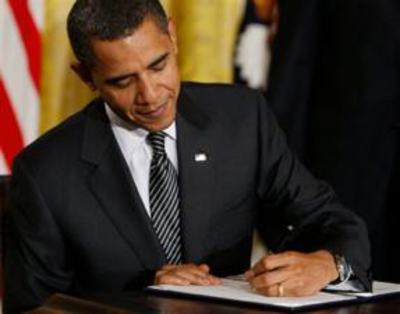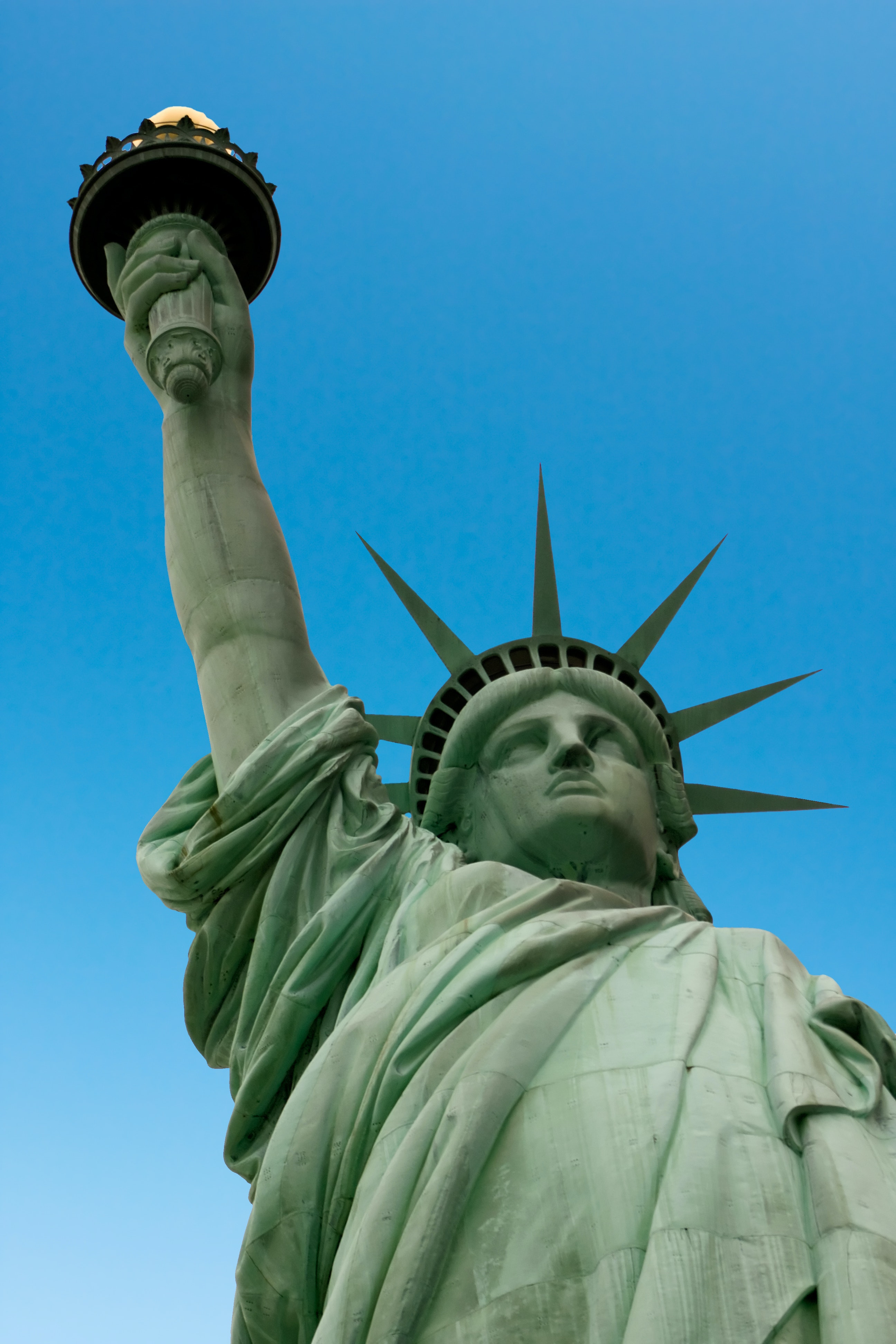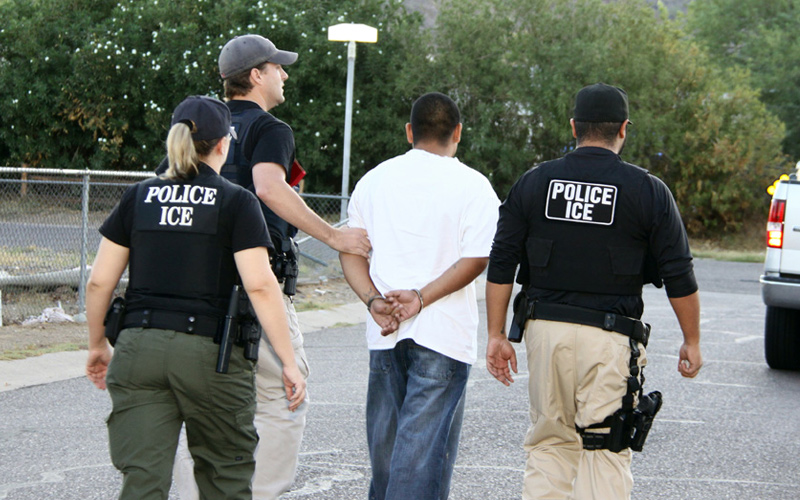by Moses Apsan, Esq.
New York - June 13, 2010 - Can an Executive Order provide immediate relief to certain Draconian provisions of the current immigration laws even while waiting for a comprehensive immigration reform? Let's take a close look at an Executive Order and it's power.
This January, President Barrack Obama addressing action taken by the Senate, stated that he would proceed with plans to create a commission to reduce the federal budget deficit. “Yesterday, the Senate blocked a bill that would have created this commission. So I will issue an executive order that will allow us to go forward, because I refuse to pass this problem on to another generation of Americans.”
On 3 July 2002, President George W. Bush signed Executive Order (EO) 13,269. The EO expedited the naturalization of soldiers in active duty by making them immediately eligible to apply for naturalization. For those soldiers were recently married it also extended their spouses conditional status (Green Card) for one year, and in six-month increments thereafter, until their spouses return from abroad.
What is an Executive Order?
"EO’s have been used to manipulate federal agencies in directions contrary to congressional intent"
Executive Orders (EOs) are legally binding orders given by the President, acting as the head of the Executive Branch, to Federal Administrative Agencies. Generally EO’s are used to direct federal agencies and officials in their execution of Congressional established laws or policies. However, there have been many instances that EO’s have been used to manipulate federal agencies in directions contrary to congressional intent.
Executive Orders are very powerful. They do not require Congressional approval to take effect but they have the same legal weight as laws passed by Congress. The President's source of authority to issue Executive Orders can be found in the Article II, Section 1 of the Constitution which grants to the President the "executive Power." Section 3 of Article II goes further and directs the President to "take Care that the Laws be faithfully executed." To implement or execute the laws of the land, Presidents give direction and guidance to Executive Branch agencies and departments, often in the form of Executive Orders.
A Brief History and Examples
Since the time of George Washington, Executive Orders have been used by every chief executive s. Most of these Orders were not published and were only seen by the specific agencies involved. It was not until the early 1900s, that the State Department began numbering them. Now there are over 13,000 numbered orders. All new Executive Orders are easily accessible at Executive Order Disposition Table.
Through out history, these EO’s have been used to make important policy changes. In 1942, during WWII, President Franklin D. Roosevelt signed an EO that provided transportation, food, shelter, and other accommodations to children displaced by the Nazi war machine. In 1948, President Harry S Truman signed an Executive Order 998, which eliminated Segregation and racial discrimination in the military services and in federal employment. President Eisenhower used an EO to desegregate schools. Presidents Kennedy and Johnson used them to bar racial discrimination in federal housing, hiring, and contracting. President Reagan used an EO to bar the use of federal funds for advocating abortion. President Clinton reversed this order when he came into office. In 2003, our current president, George Bush signed an executive order that delayed release of millions of government documents making it easier for presidents and their administrations to keep historical records secret.
It is very clear, from history, that the President of the United States may issue executive orders concerning immigration. Even local executives can issue an EO.
On September 17th, 2003 Mayor Michael Bloomberg signed an executive order prohibiting New York City agencies-including the New York City Police Department [NYPD]-from inquiring into the immigration status of individuals and from sharing such information with federal agencies. This EO replaced a previous law that gave the NYPD the right to ask any person, including witnesses and victims of crimes, their immigration status, and it also had the right to divulge the information to the federal authorities.
THE PROCESS
The process can be quick and it does not need any involvement with Congress or the Judicial branch of the government. You will not see a public debate before the signing of an EO. When the President signs an Executive order, it is sent to the Office of the Federal Register. Executive orders and other presidential documents first appear in the Federal Register. Executive orders of the current President are also posted on the White House web page.
The Executive Order Controversy
Executive Order enables the President to create a law even law, without the consent of Congress. This power appears to runs against the basic constitutional concept of “separation of Powers.” However, historically, Congress has given the President considerable space to implement and administer federal law and programs. There are times that, Congress is unable to agree on how to implement a law or program and leaves the decisions with the agencies involved. These agencies are controlled by the President. Whenever Congress does not make itself clear on how a law is to be implemented, it leaves an opening for the President to take over, in the form of an Executive Order.
What Congress Can Do If It Disagrees
If Congress is not pleased with what the President is doing it has the option to re-write the law and detail how the Executive branch must act. However, the President may veto the bill, leaving Congress only the option of a 2/3 majority vote to override an Executive Order.
It is not usual for Congress to attack an EOs dealing with foreign policy, national defense, or the implementation and negotiation of treaties, as these are powers granted largely to the President by the Constitution.
Executive Orders can be challenged in court. These challenges to the EO are that the Order deviates from "congressional intent" or exceeds the President's constitutional powers.
The fundamental criticism of Executive Orders is that a President could make major policy decisions without any congressional by exercising his authority to create EO.
"(enough relief would be given to the 12 million illegal immigrants in this country until a Comprehensive Immigration bill is finally made into law"
CONCLUSION
If Congress is unable or unwilling to pass Comprehensive Immigration Reform this year, the President could issue sections of its content as a series of Executive Orders. Thereby providing immediate relief form the sections of the immigration laws that are creating the most problems. The Senate conservatives would find difficulty in blocking these orders as 2/3 majority would have to vote against it; which is unlikely. The Executive Orders could be challenged in court, but that would take a very long time, and in the meantime, (enough relief would be given to the 12 million illegal immigrants in this country until a Comprehensive Immigration bill is finally made into law).
`








